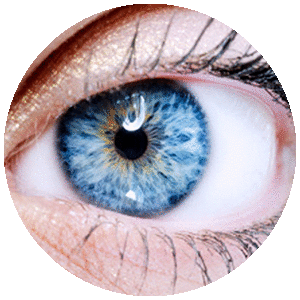
Biography
Biography: Mithra O Gonzalez
Abstract
Floppy Eyelid Syndrome and Prostaglandins
Statement of the Problem: Floppy eyelid syndrome (FES) was originally described by Culberston and Ostler and although common to an oculoplastics practice, the biochemical/biomechanical remain unclear. The phenotype includes long eyelashes, lash ptosis, pigmentary changes, lid laxity, dermatochalasis, blepharoptosis, irritation and discharge often lead to surgical correction. The syndrome is associated with obstructive sleep apena. As a result of this association, possible etiologies include but are not limited to, connective tissue defects, micro-trauma associated with sleeping on the face. Interestingly, the phenotype of floppy eyelid syndrome is similar to that of prostaglandin associated periorbitopathy. Methodology & Theoretical Orientation: We compared biopsied eyelid tissue of unaffected patients (controls) to those with clinically diagnosised floppy eyelid syndrome. We hypothesize that patients with floppy eyelid syndrome have significantly higher levels of prostaglandin F2 and E2 compared to controls. These measures are made using real-time PCR. Findings: Prostaglandin E2 trended upward in FES patients compared to controls. Prostaglandin F2 trended down in FES compared to controls. Conclusion: Floppy eyelid syndrome seems to be a prostaglandin mediate process. Additional studies are needed to elucidate the precise mechanism.

